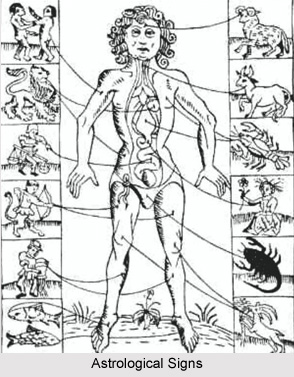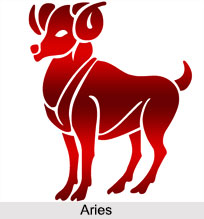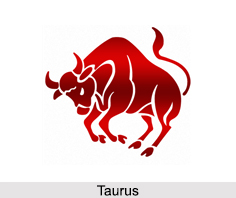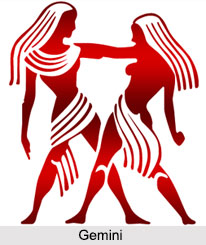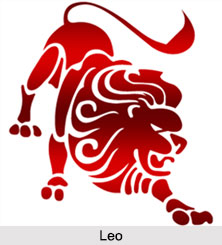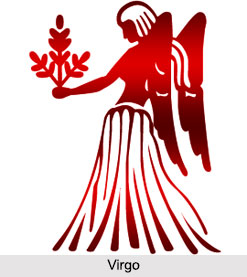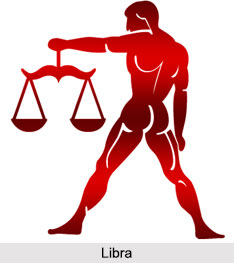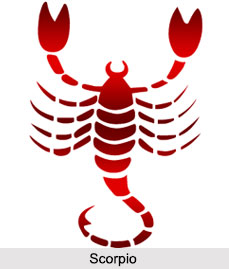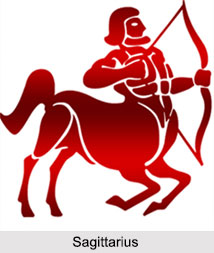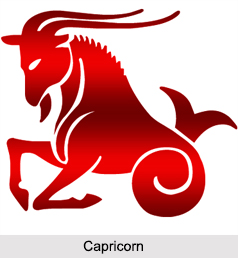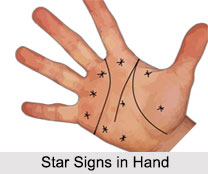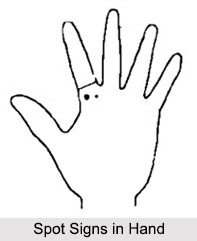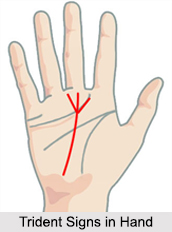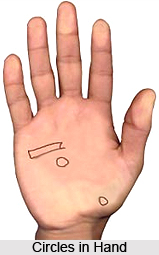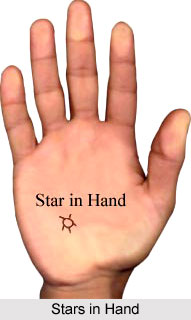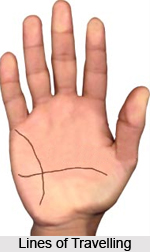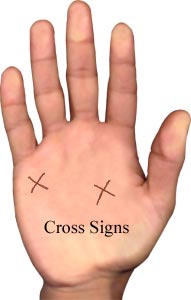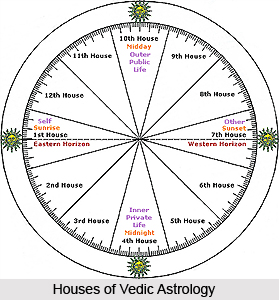 Vedic Astrology is an ancient Indian science explaining movements of the planet and its positions with regards to time and effect on all entities on earth. Astrology is a Vedanga - a part of Vedas. Understanding of astrology was in its infancy in the Vedic period. It included gathering knowledge on the planets, their movements and their location. Earlier Vedic astrology was only based on the planetary movements but later on it included zodiac signs also.
Vedic Astrology is an ancient Indian science explaining movements of the planet and its positions with regards to time and effect on all entities on earth. Astrology is a Vedanga - a part of Vedas. Understanding of astrology was in its infancy in the Vedic period. It included gathering knowledge on the planets, their movements and their location. Earlier Vedic astrology was only based on the planetary movements but later on it included zodiac signs also.
There are 27 constellations made up of 12 zodiac signs, 9 planets and 12 houses. Depending on when a person is born, the 12 signs are distributed among the 12 houses and 9 planets are placed in various houses. The visual representation of the signs and planets is called a horoscope chart. Vedic Astrology is inferring the meaning of these arrangements.
Types of Vedic Astrology
Vedic Astrology (Jyotisha) has Siddhanta, Samhita and Hora as its three main branches:
•Siddhanta: Siddhanta implies Astronomy and its application to astrology. It provides planetary calculations from the beginning of Creation. Siddhanta is used only for creating Tantra and Karana texts for practical purposes.
•Samhita: Samhita refers to ordinary astrology. It predicts important events related to countries such as political events, war, earthquakes, meteorology, financial positions, election, Vastu Shastra and so on.
•Hora: Hora covers predictive astrology. It has predictions based on individual horoscope. It contains selection of favourable time to start an activity to get maximum fulfilment.
Scientific Basis of Vedic Astrology
The present understanding of astral science lies in possibility and statistics. In statistical terms, the occurrence of a specific event in one"s life when certain planetary combination exists is “statistically significantâ€. Certain combinations in one"s chart actually result in a prophecy, which turns out to be around 70 to 80 percent true. With a logical statistical importance events can be forecasted.
Vedic Astrology is the oldest surviving form of horoscopic astrology in the world. The stars are considered to be the fixed background against which the motions of the planets are measured. Through the analysis of the planetary cycles in the past and present it is possible to interpret the probable future.
